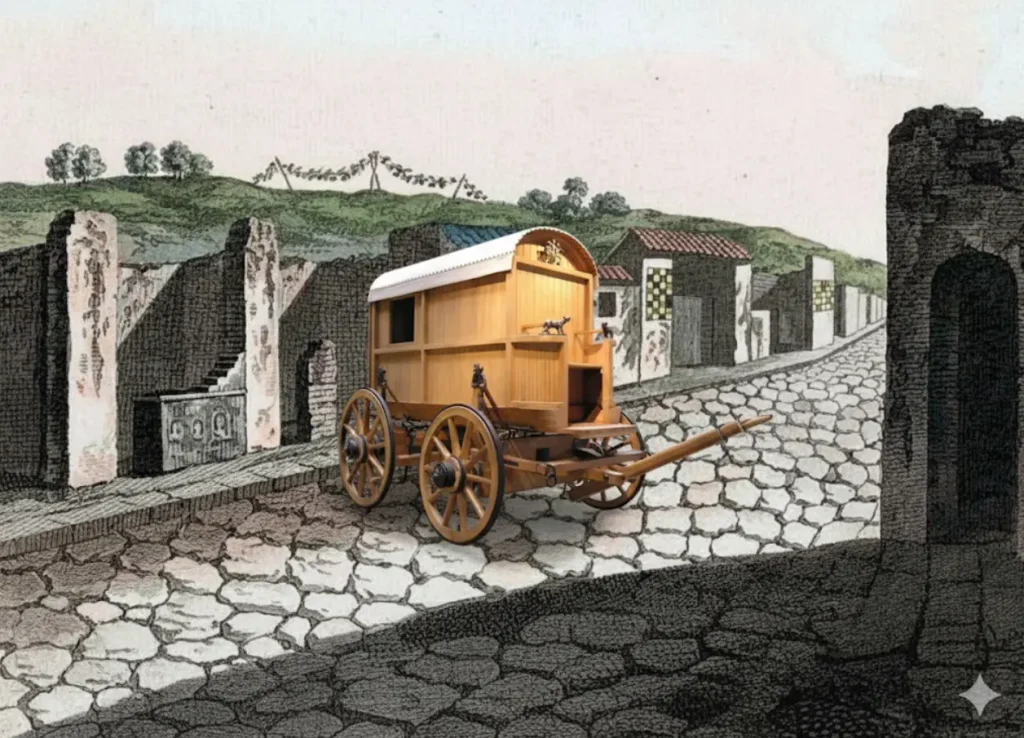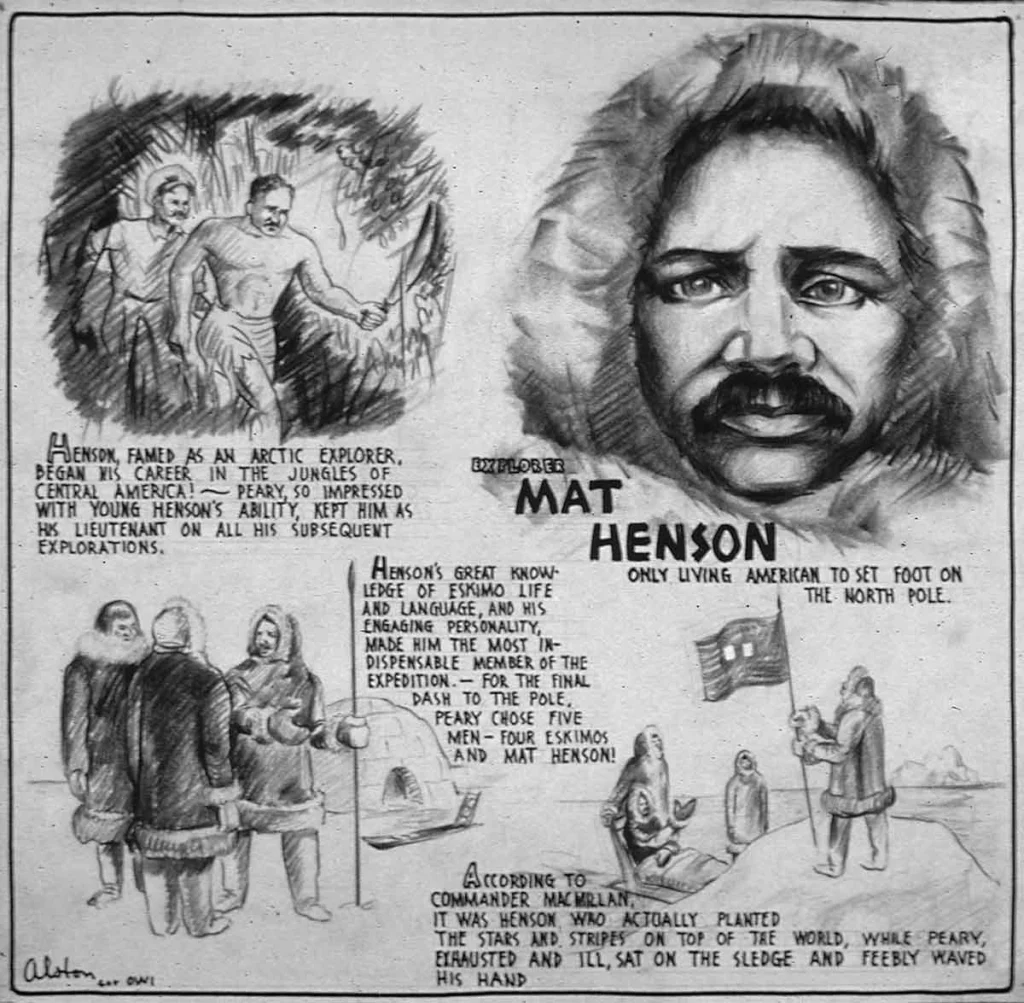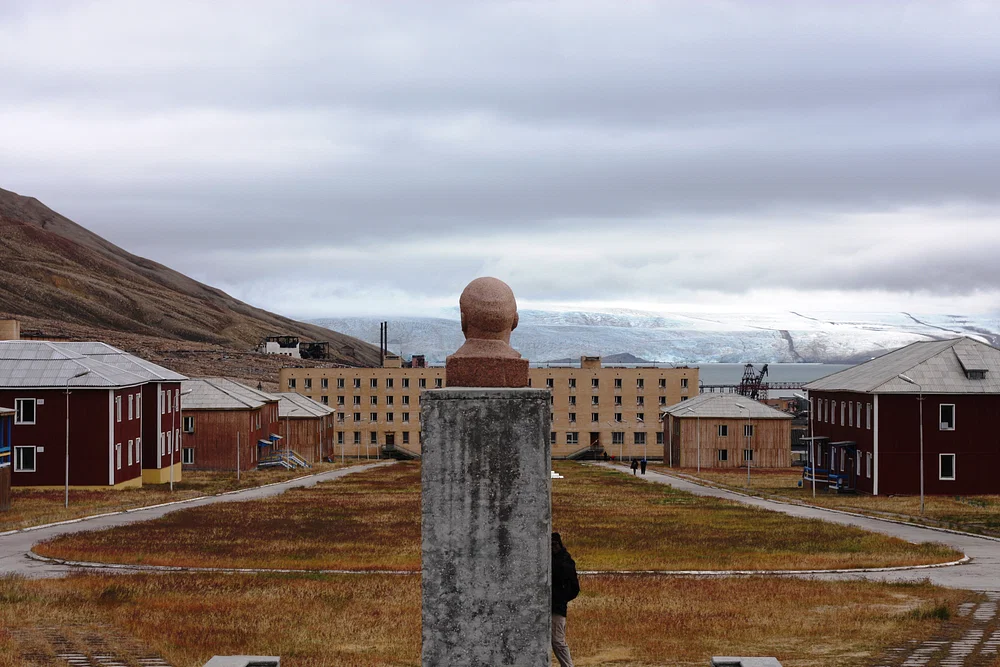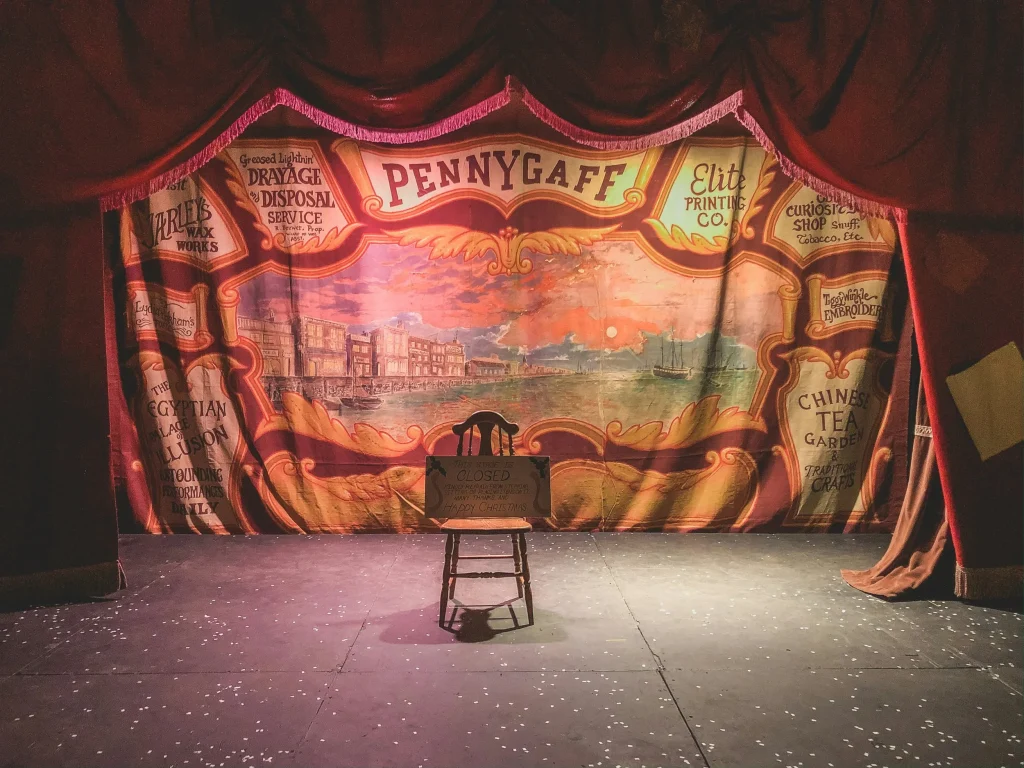It always begins in shadow.
That’s how you know it’s a Poe story—where every whisper carries the echo of a deeper fear, and every footstep leads not forward, but inward. The rooms are dim, the minds darker still, and the voices that speak are not always sane.
Edgar Allan Poe didn’t invent fear, but he gave it a language. In the span of just forty short, tumultuous years, he revolutionized literature—not with epics or manifestos, but with chilling tales, cryptic poems, and a genius for plumbing the human soul. He didn’t just write about madness. He understood it.
Poe’s own life could’ve been the subject of one of his stories. Born in Boston in 1809 to two struggling actors, he was orphaned before the age of three. Taken in by a wealthy tobacco merchant, John Allan, Poe was given a life of comfort, but never true belonging. The bond between the foster father and the boy was always brittle, cracking wide open when Poe pursued poetry instead of profit.
From the start, Poe was an outsider.
At the University of Virginia, he drank, gambled, and spiraled into debt. After just one year, he dropped out—disgraced and broke. He joined the army, then briefly attended West Point, only to be expelled. He wandered from city to city: Richmond, Baltimore, Philadelphia, New York. Jobs came and went. Editors appreciated his brilliance but resented his volatility. He made enemies easily and trusted no one completely. That loneliness would become the lifeblood of his work.
But in his writing, Poe found control—ironically, over the one thing that had haunted him since childhood: loss.
No one writes about death like someone who’s touched it again and again. Poe lost his parents. He lost his brother. He lost his young wife, Virginia, to tuberculosis. He knew the way grief claws at the mind, how mourning twists into obsession. And so he gave us stories not just of ghosts and coffins, but of minds unraveling—of narrators who hear hearts beating under floorboards, who watch eyes that never stop staring, who bury loved ones only to find they’re still alive beneath the soil.
The Tell-Tale Heart, The Black Cat, The Fall of the House of Usher—these weren’t just horror stories. They were psychological x-rays. Poe peered into the human brain and wrote down what he saw: guilt, dread, the gnawing sense that the worst thing isn’t death, but what we do to avoid it.
But horror was only part of Poe’s legacy.
He created something else too—something still shaping books, films, and television to this day: the detective story.
In 1841, he published The Murders in the Rue Morgue, featuring C. Auguste Dupin, a brilliant amateur detective who solves crimes through reason and observation. It was the first of its kind. Before Holmes, before Poirot, before Miss Marple, there was Dupin, walking through dimly lit streets, piecing together puzzles from seemingly disconnected clues. The story was more than clever—it was innovative. Poe had invented a new genre.
But invention, for Poe, rarely meant reward.
He lived hand to mouth, surviving on small payments from magazines, scraping together pennies for his next meal, sending letters begging for money. He worked as an editor, a reviewer, a literary sniper taking aim at his contemporaries with a pen dipped in acid. He earned respect, even fear, but little comfort.
Then came The Raven.
Published in 1845, it catapulted Poe to celebrity. “Nevermore,” the refrain of the poem’s spectral bird, became a national sensation. Poe was invited to recite it in salons, lecture halls, and literary gatherings. For a brief moment, he tasted fame.
But the shadows never receded.
Behind the public face was a man unraveling—his wife dying slowly at home, his debts mounting, his drinking worsening. He tried to remarry. He quarreled with publishers. He saw rivals steal his style and sell it more successfully.
In 1849, he was found on the streets of Baltimore, delirious and dressed in someone else’s clothes. He died days later in a hospital, muttering incoherently, never fully regaining consciousness. He was forty years old.
The cause of his death remains a mystery.
Was it alcohol poisoning? Rabies? A political kidnapping? No one knows for sure. Poe wouldn’t have wanted it any other way.
His death, like his stories, leaves us with questions—and his legacy ensures we’ll keep asking them. Today, Poe’s influence runs deeper than most realize. He’s the godfather of horror, detective fiction, and the modern psychological thriller. Writers from H.P. Lovecraft to Stephen King owe him a creative debt. Filmmakers borrow his motifs. His works have been translated, adapted, parodied, and taught in classrooms around the world.
But perhaps the most remarkable thing about Poe is this: his genius wasn’t built on spectacle. His stories didn’t rely on gore or monsters or jump scares. They relied on you. On your imagination. On your guilt, your fear, your secrets.
Because Poe understood what few writers ever truly master: that the most terrifying place in the world is the mind.
And once you open the door to it—once you step inside—there is no telling what you’ll find.
Not in some castle. Not on a windswept moor. But in a dark chamber behind your own eyes.
That is where Poe lives. That is where he whispers. And that, perhaps, is why we keep reading.











































